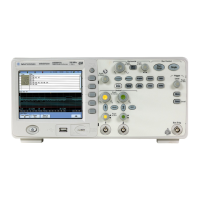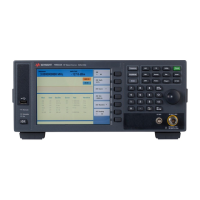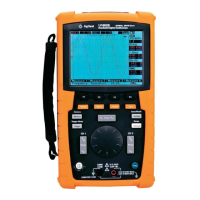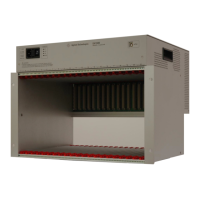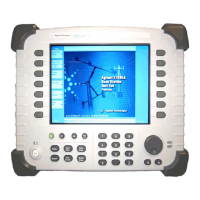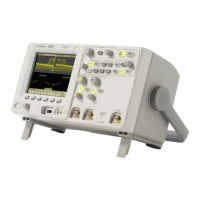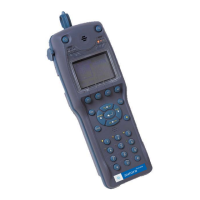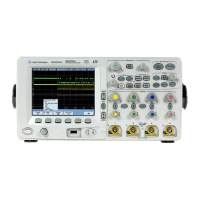Lesson 2 – Introduction to the Test System
31
Each analog module has at least one trigger input pin, a clock
input, a built-in sequencer, sequencer memory, and waveform data
memory.
The sequencer memory contains the sequencer program. This
program defines the sequence of waveforms to be generated or
captured.
The timing generator creates the sample clock that is derived from
the input clock to the analog module. The timing generator is
started by the trigger signal.
The waveform memory holds the data of the waveforms to be
generated, or of the captured waveforms.
The analog modules have a bank of relays which allows to route
the signals to/from various output/input pins of the modules.
NOTE Continuity tests at DUT pins connected to an analog module are
supported by connecting the DUT pins one after the other to the
trigger pin of the analog board by means of the relay bank. Continuity
is then measured using the pin PMU or programmable load of the
digital channel connected to the trigger pin.
